
The author finding excellent mid-March Wastach snow on the Crane Enduro split. Photo: Pete Vordenberg
Deep and not-so-deep in the Wasatch, Cardiff’s Crane Enduro split is on point.
A Little Backstory
I live up in Big Cottonwood Canyon in the Wasatch with backcountry access out of my door. I’m no pro. I like to ride medium to big lines, but if the avalanche danger is high, you’ll likely see me on my pow surf with my dog lapping a neighborhood meadow. I’ve been told I am a fast transitioner for a splitboarder. I aspire to be told I have good style when going downhill.
Now to the review… sort of
I came to this board after two (of the best) years I’ve had in the Wasatch backcountry. Both years were spent on a Libtech Orca Split, roughly 50-60 days each season if I had to put a number to it. The Libtech Orca Split is a solid () board. It’s amazing: nimble, absolutely floats in pow, and overall, as stable as I need.
But, I was never satisfied, as there are so many options out there, and I became curious. And as I generally try to explain to my wife when defending my bike quiver, the rule of thumb is N+1.
So, without my wife knowing (more on that later), I kicked off the 24/25 season with a local SLC company’s flagship split, the WNDR Alpine Belle Tour. I had high hopes. I wanted to love this board. Produced locally, they manufacture boards with eco-focused ingredients in their board makeup, which I don’t fully understand, but I like the idea of a more sustainable board construction. The downside was that I couldn’t get the Belle Tour to move like I wanted. I prefer to be a bit more playful in how I ride—jump off a rock or two, get myself into the white room (whether intentional or not), and pick and choose the more fun-looking terrain as I go. I had seen WNDR’s former big-team rider Nick Russell with his unmatched style on this board; I’d be stoked if I could ride at 50% of his level. I figured if he rips this board, I’ll love it. But I’m not Nick Russell. For my riding, the board seemed too stiff, hard to maneuver in a tight spot, and lacked pop. Had I used the Belle Tour on a spring mission with an open 4k vert shot, I think I would’ve loved it.
But winter is short, and it wasn’t spring yet when I made this decision. I had time to pivot to another board.
That brings me to the board I’m supposed to talk about: the Cardiff Crane.
And now for the Review
Another Salt Lake company (although not made locally—put that in the cons column, I suppose), Cardiff Snowcraft, boasts that they focus first on backcountry performance.
They claim on their website: “For us, going uphill is just as important as the ride down. All of our boards are designed and tested first as a split.
Based on my preferred riding style, I was split between the Cardiff Goat and the Crane. A friend who’s a better rider than me recommended the Crane, so that’s the route I took. Here’s a quick bit on their differences. The Goat stance is set back a bit more (it’s a directional board), has a longer sidewall to help with high-speed turns and a bit more taper nose to tail.
The folks I trust at the shop said I couldn’t go wrong with either. I ultimately landed on the Crane because I have ambitions (at 41) of landing a 180 off a cliff and riding it out switch. Or maybe I’ll start switch? Probably save that for next season, but you get the idea.
The Specifics
Me:
– 5’10″
– 165lbs
– Stance—Front: 25-27 / Back: 0-5
Gear:
– Black Diamond Ascension skins (make sure you have a Home Depot in your garage when you cut these)
– Boot size 10.5 (Vans Infuse)
The Board:
Cardiff Crane Enduro 162: (I initially demoed the 158, but landed on the 162), with Phantom Glide Base upgrade
Price: with Phantom $1100, without $950
As with many folks, I’d prefer to be in terrain over 30 degrees with good snow. Of course, it doesn’t always work out that way, but the days it does are generally a pretty high number in Utah.
First Impression
During my first weekend demoing the Crane, we had quite variable conditions for February in the Wasatch—a bit heavy at times with pockets of face shots. Honestly, I wouldn’t have been out touring if I wasn’t demoing a new board.
The Crane ripped. I felt confident from the first descent. I could move the board exactly how I wanted. It had pop—much more so than the Belle Tour and maybe not quite as much as the Orca Split. And it was stable. The combined playfulness and stability made it all-time for me.

Dry powder. It is such a thing in these parts. Brad Hogan doing his thing on the Crane Enduro split. Photo: Peter Vordenberg
The Up
I don’t notice a ton of difference in performance on the up when it comes to splits, but I’ll comment on it regardless. There were no issues on tight, steep kick turns. More importantly, I’ve had no issues keeping up with skiers.
On Ice
I generally try to avoid ice, and at this point in the season, I’ve yet to get out on anything more than an icy luge of an exit in a zone near my house called Butler Fork. That being said, on an exit notorious for its steep, relatively narrow, sometimes 50’ drop off the edge to the creek, I’ve only gone in the creek once, and that was my fault, not the Cranes. The edges hook up well, and there isn’t a lot of chatter. I could see it being a little less stable at very high speed on a steep, relatively icy shot, but I’d take that compromise to have the agility and playfulness that has made me love this board.
Decision time
My only complaint I came up with when dropping the demo off to the guys at the shop was that it lacked just a little in the confidence-in-landing-a-drop-or-jump department (I’m not talking about big air here, but I like to leave the ground a bit). The shop gave me another demo (Crane 162) and after one day with zero bomb holes, more or less the same nimbleness in tight terrain and overall just a fun board that was predictable and immediately confidence inspiring, I was sold.
N+2?
As I was in the garage swapping out pucks from the Belle Tour to my new Crane, my wife walked in and asked what I was doing. Then, I heard, “Oh, what is this board? Wait, what is THAT board?
The Wrap-up (finally)
With the increased size (158 to now 162), I may have lost a small amount of maneuverability for the exits—doing my best to bob and weave, but that’s okay with me. I’d much prefer the additional help staying upright after a drop and feeling a bit more underfoot on steep, fast runs. Plus, it floats a bit better on those deep days.
The Cardiff Crane is hands-down my board of choice. It’s fun, stable, and fast. It also gives me hope for that half cab offthe 5-footer that I’ll say was a 10-footer that maybe the Goat would not. The Crane is an all-arounder without a learning curve.




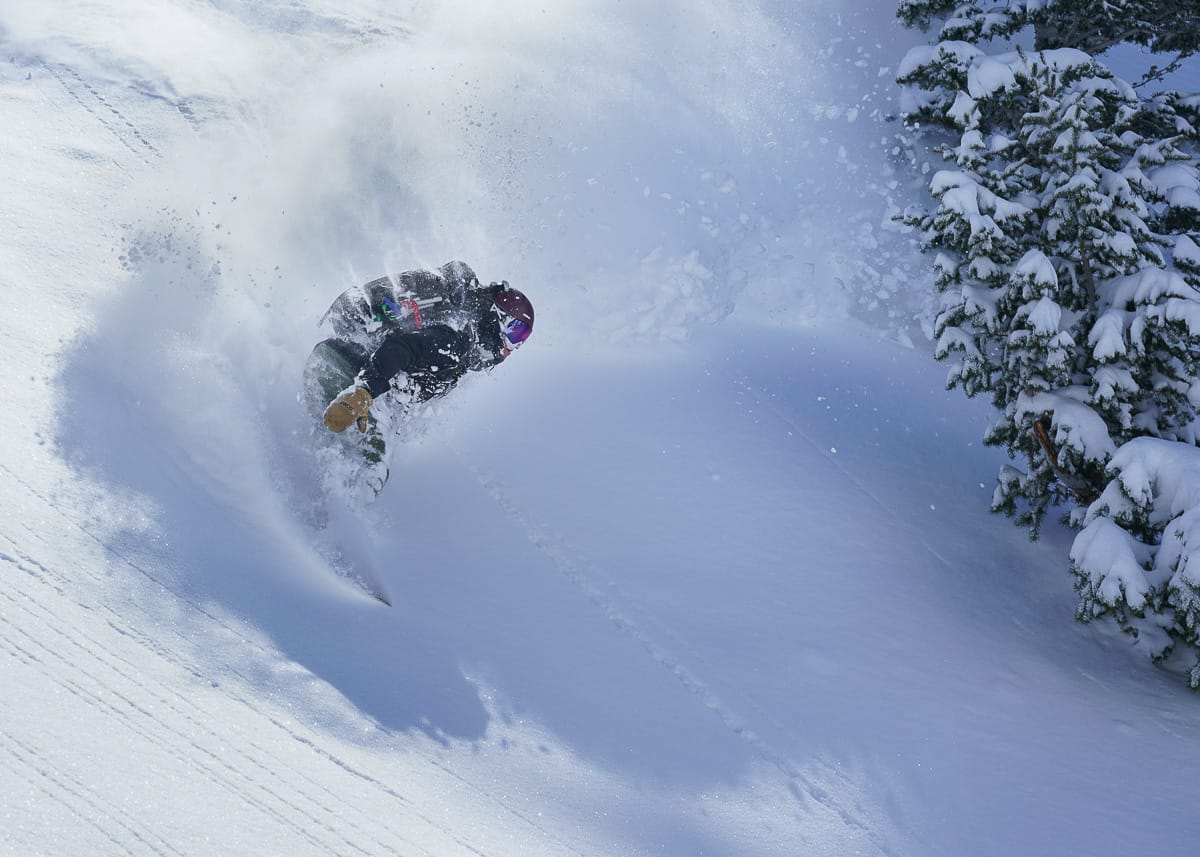

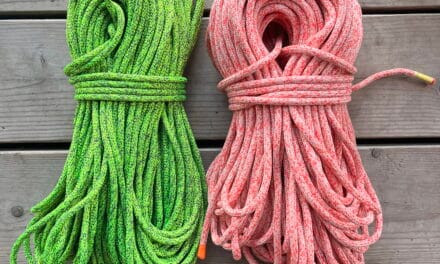
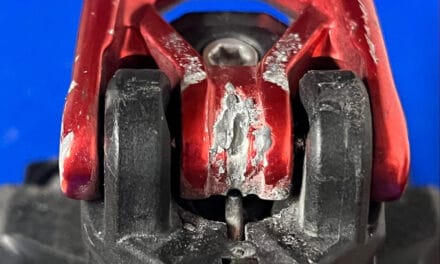
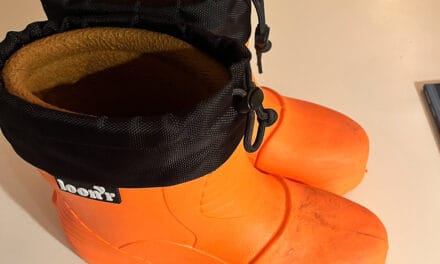
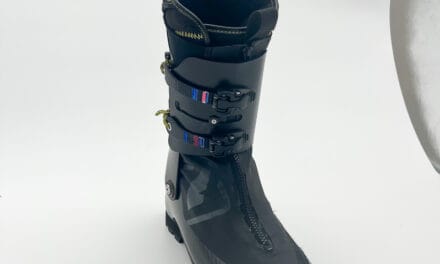
This article is a great example of why split choices can be so personal/varied. I own a Cardiff Crane solid that I’ve loved for years so bought the split shape and never got along with it. It toured great but the glide and especially the float in softer snow was really lacking for me so off it went to a new owner. I’m now on WNDR splits, the Belle and the Shepherd, after demoing several brands’ shapes. The Belle Tour I agree is more of a stability point and shoot type of board I typically save for big lines and volcanoes. The Shepherd is my all time favorite split though, climbs great (definitely better than the Belle or Cardiff) and has decent stability while being really nimble and offering good float in the powder. Different strokes for different folks!